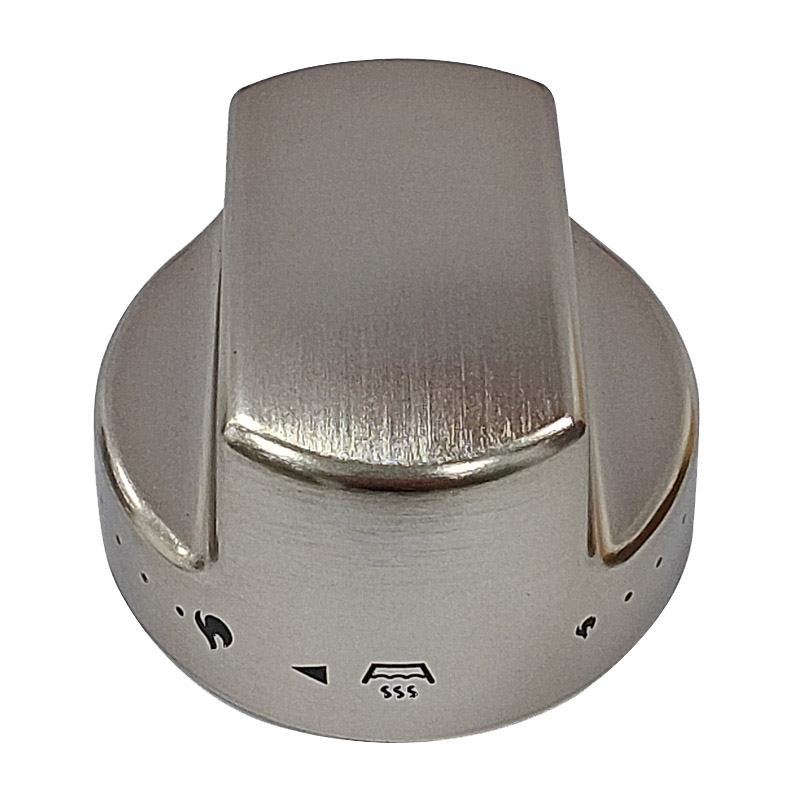PVD Capability
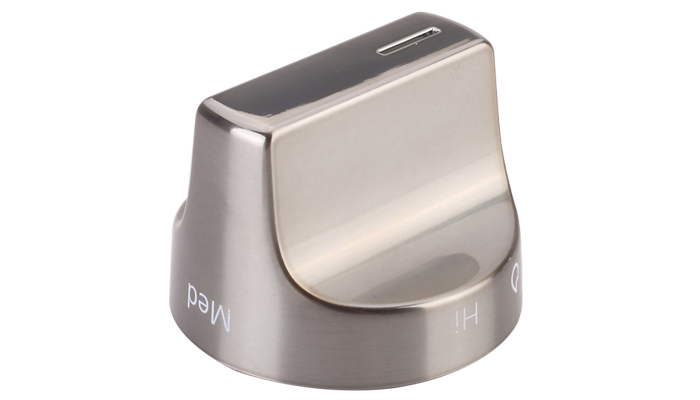
CheeYuen – PVD Plating Solutions for Your Parts
PVD is a process carried out in high vacuum at temperatures between 150 and 500 °C.
At CheeYuen, we primarily plate with PVD on plastic and metal. The most common PVD colors are black and gold, however with PVD we can also achieve blues, reds, and other interesting colors.
With PVD coating you get a highly durable, long lasting, scratch resistant piece. Many high value items such as Appliances and Bathroom products are plated in PVD.
Finishes
Depending on the evaporated metal (target) and the mixture of reactive gases used during the PVD deposition process, different colors can be produced.
The range includes but not limited to: Brass tones, Gold tones, Black to Grey, Nickel, Chrome, and Bronze tones. All finishes are available in a polished, satin or matt finish.

Black Switch Konb
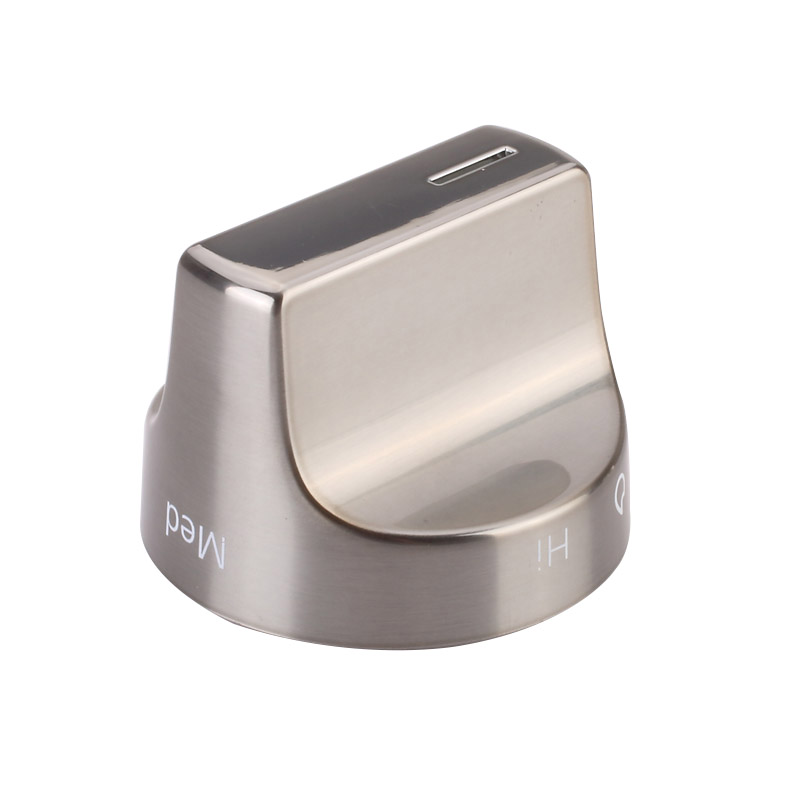
PVD Bezel Knob
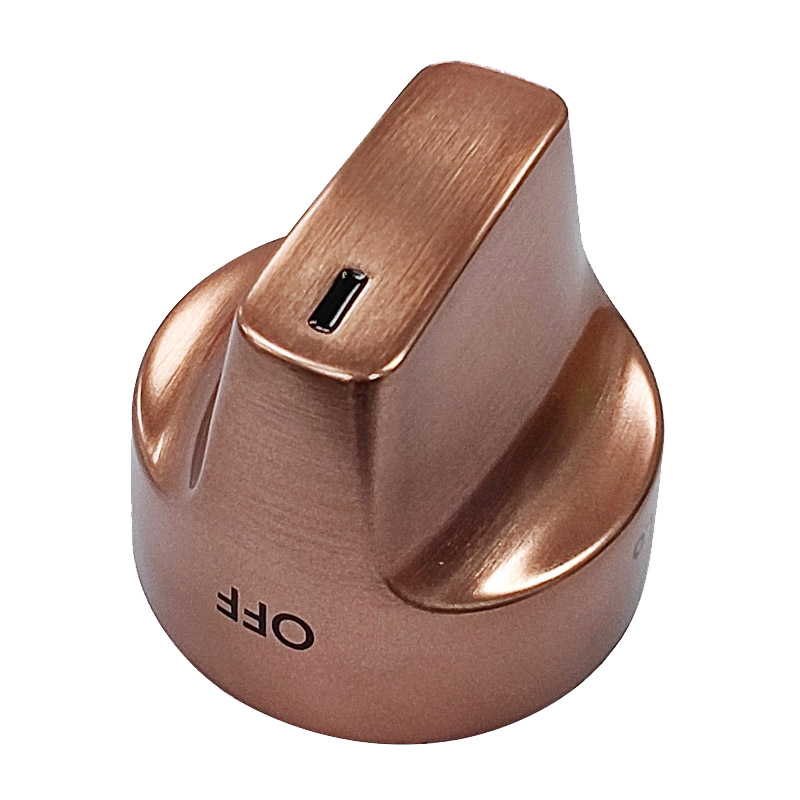
PVD Brown Bezel Knob
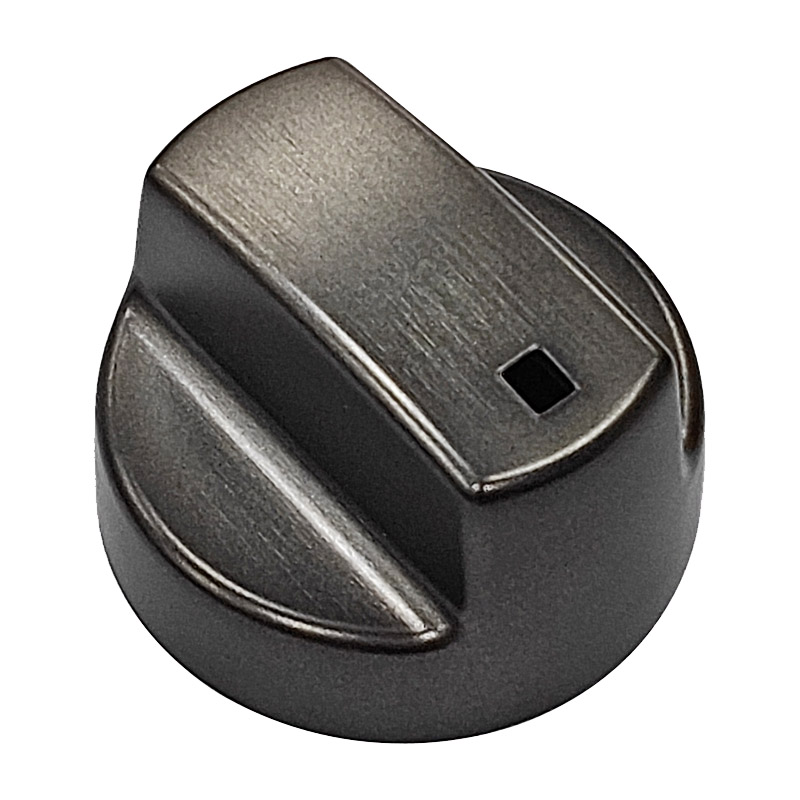
PVD Deep Grey Knob
PVD Golden Knob
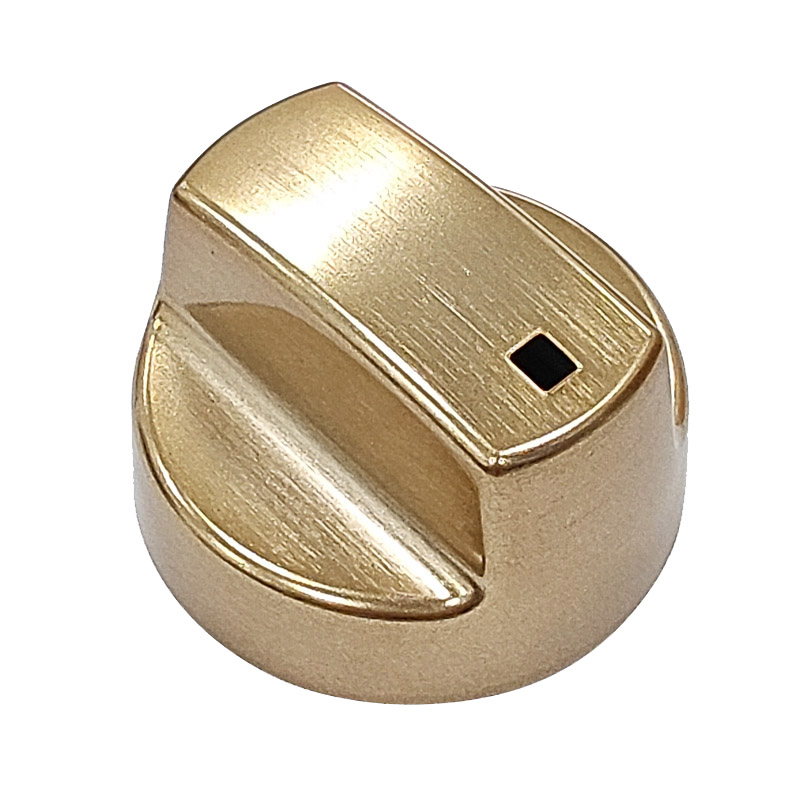
PVD Golden Switch Knob
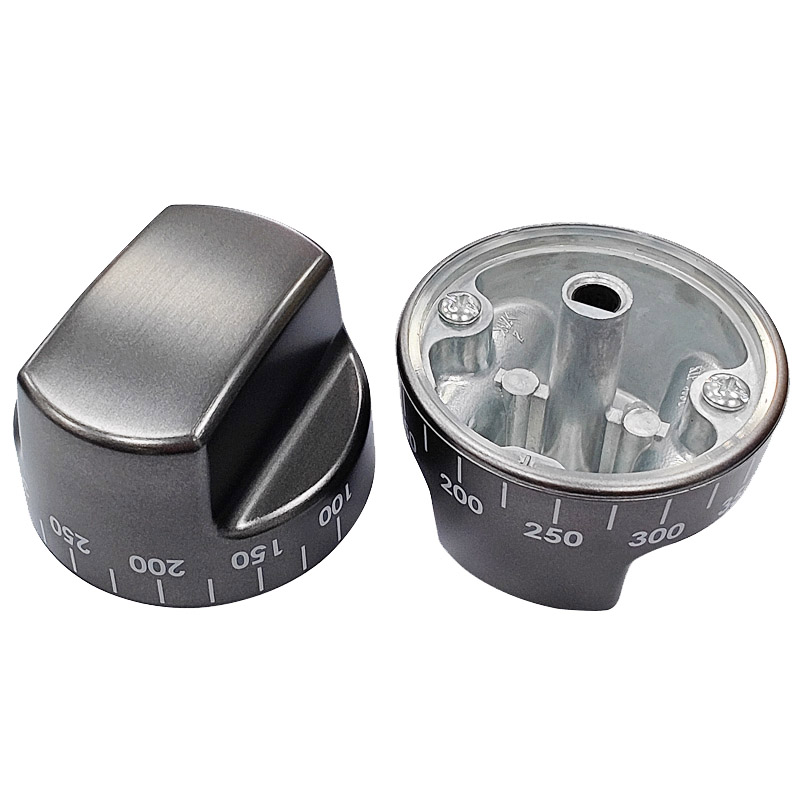
Dark Switch Knob

PVD Silver Knob
People Also Asked:
Definition of Physical Vapor Deposition (PVD)
PVD (physical vapor deposition) coating, also known as thin-film coating, is a process in which a solid material is vaporized in a vacuum and deposited onto the surface of a part. These coatings are not simply metal layers though. Instead, compound materials are deposited atom by atom, forming a thin, bonded, metal or metal-ceramic surface layer that greatly improves the appearance, durability, and/or function of a part or product.
How PVD Is Made
To create a PVD coating you use partially ionized metal vapor. It reacts with certain gases and forms a thin film with a specified composition on the substrate. Most commonly used methods are sputtering and cathodic arc.
In sputtering, the vapor is formed by a metal target being bombarded with energetic gas ions. Cathodic arc method uses repetitive vacuum arc discharges to strike the metal target and to evaporate the material. All PVD processes are carried out under high vacuum conditions. The typical process temperature for PVD coatings is between 250°C and 450°C. In some cases, PVD coatings can be deposited at temperatures below 70°C or up to 600°C, depending on substrate materials and expected behaviour in the application.
The coatings can be deposited as mono-, multi- and graded layers. The latest generation films are nanostructured and superlattice variations of multi-layered coatings, which provide enhanced properties. The coating structure can be tuned to producing the desired properties in terms of hardness, adhesion, friction etc.
The final coating choice is determined by the demands of the application. The coating thickness ranges from 2 to 5 µm, but can be as thin as a few hundred nanometres or as thick as 15 or more µm. Substrate materials include steels, non-ferrous metals, tungsten carbides as well as pre-plated plastics. The suitability of the substrate material for PVD coating is limited only by its stability at the deposition temperature and electrical conductivity.
How Long Do Durable Decorative Pvd Coatings Last?
Decorative thin-film coatings are durable: they provide excellent wear and corrosion resistance. However, they don’t have the same tribological attributes as the much thicker films designed for wear applications. Since the main coating function is to create cosmetic finishes and not tribological, the film thickness for most decorative films is less than 0.5 µm.
Advantages of the PVD Plating Process
1. Durability
One of the primary advantages of the PVD Plating Process is its superior durability. Traditional plating methods, such as electroplating, use a thin layer of metal that can wear off easily. The PVD process, on the other hand, creates a durable coating that is chemical and wear-resistant. This makes it an ideal choice for products that are exposed to harsh conditions, such as outdoor furniture and bathroom fixtures.
2. Eco-Friendly
The PVD Plating Process is also eco-friendly as it uses fewer chemicals and produces less waste compared to traditional plating methods. This makes it a sustainable and environmentally responsible choice for merchants looking to reduce their carbon footprint.
3. High-quality Finish
The PVD Plating Process is ideal for creating a high-quality finish that is consistent and even. The process produces a smooth, mirror-like finish that is aesthetically pleasing and adds value to the end product. This is particularly important for products that are used in high-end applications, such as luxury watches and jewelry.
4. Low Maintenances
Products that have undergone the PVD Plating Process are easy to maintain and require minimal upkeep. The surface is scratch-resistant and does not tarnish, meaning that it does not require polishing to maintain its appearance. This makes it an ideal choice for products that are used frequently, such as cutlery and door hardware.
Applications of the PVD Plating Process
The PVD Plating Process has a wide range of applications across different industries. Here are some examples of how this process can be used to enhance the performance and appearance of various products:
1. Automotive Industry
The PVD Plating Process is commonly used in the automotive industry to create a range of finishes and coatings for different parts of the vehicle. For example, it can be used to create a black chrome finish for car wheels or a brushed nickel finish for interior trims. The high durability and chemical resistance of the PVD process make it an ideal choice for products that need to withstand harsh weather conditions and daily wear and tear.
2. Electronics Industry
The electronics industry also benefits from the PVD Plating Process, which is used to create coatings for products such as computer screens, circuit boards, and mobile phone casings. The process helps to enhance the performance, durability, and aesthetic of these products, making them more attractive to consumers.
